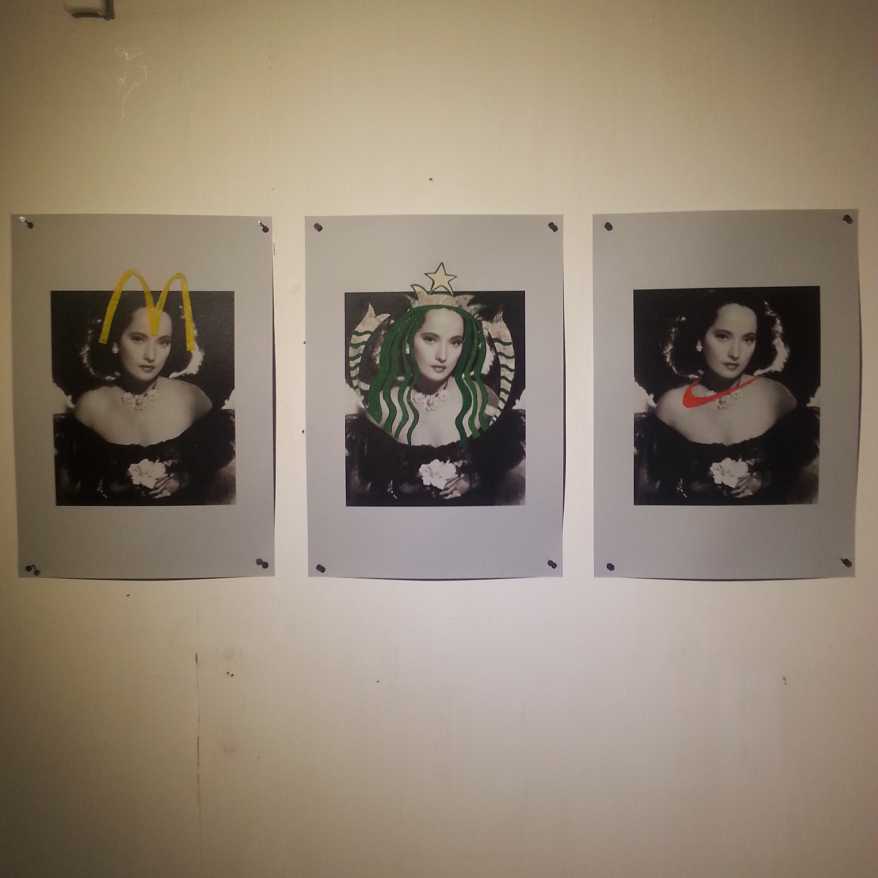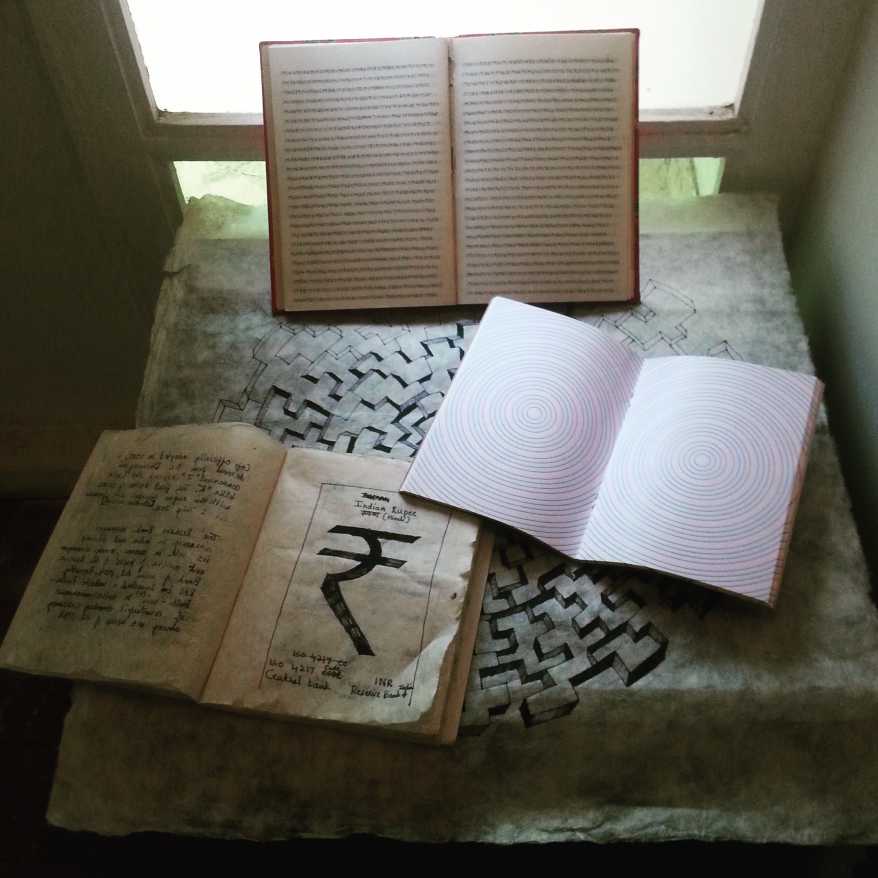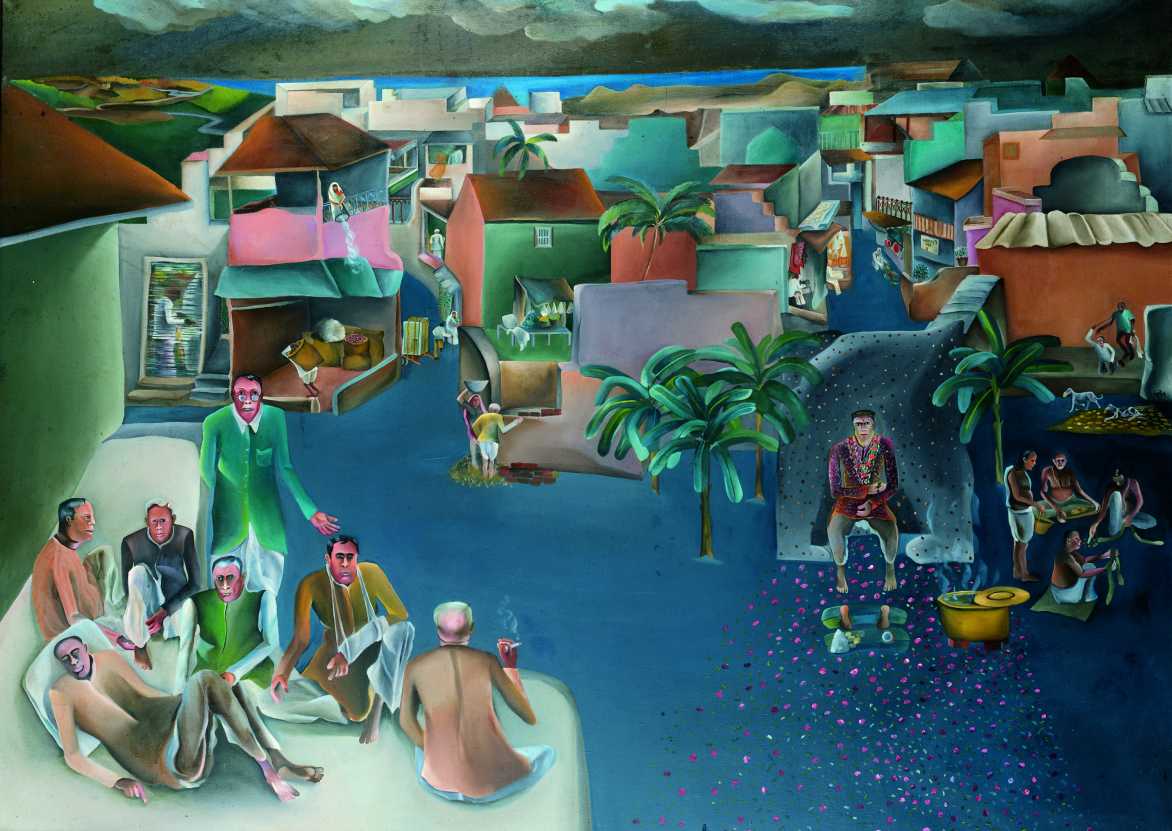
Following in the footsteps of Eros, a Para Site exhibition co-curated by at the University of Hong Kong Museum and Art Gallery in September 2014, When Estelle Met Parker is a series of interventions by Clark House Initiative and a screening program looking at questioning the categorical imperative applied on notions of authenticity and identity and the slippages that allow for different modes of production and knowledge generation.
When Estelle Met Parker takes Bombay as its locus and looks at its shared colonial history as a port city in the British Empire with Hong Kong. It starts as a study of the culture of fountain pens in these cities where citizens are guided by the British education system in which the use of fountain pens as a writing instrument is seen as a signifier of privilege, finesse and gravitas. More often than not, different models of this writing instrument have been linked with acts of historical importance as opposed to its more popular brethren, the Biro ballpoint pen.
The differences between the fountain pen and the biro are many. These are often based on a certain fascination with the tactile sensorial pleasures of using the fountain pen, such as the writing angle, the type of paper used, the slowness in the act of writing, the variation in lines and strokes according to the type of nib and customized slant. With each pen, comes certain commitment to authenticity to the works produced. When Estelle Met Parkerquestions this through the proliferation of imitators of the highly esteemed Parker Pens, such as Wilson fountain pens in Mumbai and Hero fountain pens in Shanghai. In this intervention, artists of the Clarke House Bombay are invited to contribute to the space while reflecting on the use of such fake instruments in the modes of artistic production.
In the spirit of questioning these inauthentic signifiers of privilege, When Estelle Met Parker seeks to claim a key figure back for Bombay and its film history. (born Estelle Merle Thompson, Bombay, 1911-1979), was the first and currently only Indian actress ever to be nominated for Best Actress in the Academy Awards. Nominated for her role in The Dark Angel (1935), never acknowledged her Anglo-Indian racial background nor her birthplace throughout her entire professional life. Instead, she adopted the racial identity of a white Australian born in Tasmania, a façade that she maintained until death. For When Estelle Met Parker, we look back at two moments of repertoire—her renowned leading lady performance as in ’s classic Wuthering Heights (1939) and her appearance in the television show What’s my line? on October 17, 1954.
When Estelle Met Parker is co-curated by , Para Site, Hong Kong and , Clark House Initiative.











